In this article, let's take a look at how many actual charge cycles a user can expect to go through over the course of a year of using an iPhone.
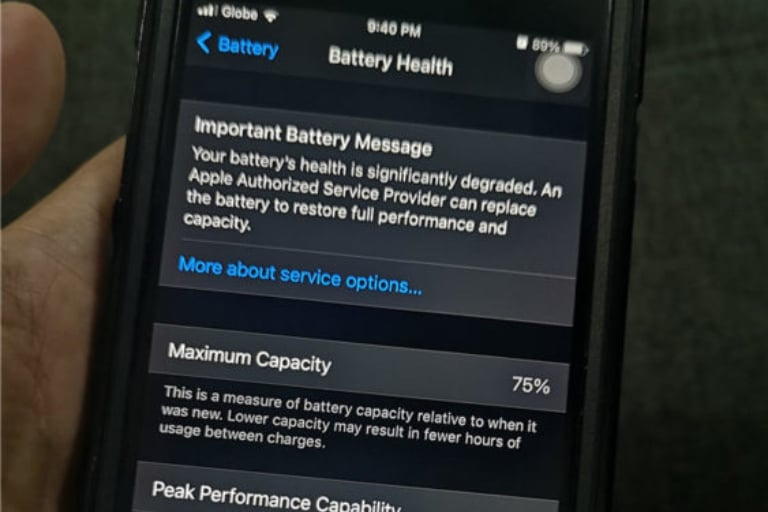
The battery on the iPhone will degrade after a period of use.
Before we get into it, it is important to understand that all batteries have a set of characteristics that degrade over time. When you buy a new device, the battery will be at 100%, but over time this number will decrease. Basically, batteries operate in charge cycles, meaning that they do not necessarily charge from 0 to 100%, but rather they create during the cycle due to the Lithium-ion system on the device.
It is important to note that users should not be too obsessed with the battery, with normal use, proper charging, and keeping the device updated, the battery can degrade 2-3% per year. After 500 charge/discharge cycles, that is when Apple batteries start to degrade significantly. To consume 500 charge/discharge cycles combined with normal use, it usually takes two years from the time the user starts using the device to use up this charge/discharge cycle limit. In the case of using most of the day to play games, record videos or watch live content, these charge/discharge cycles will be consumed in 1.5 years or maybe less.
When should the battery be replaced?
If you are a basic user, you should replace the battery when it degrades to 75-80%, because at that value the device will probably not last a full day and the user will need to charge it in the middle (early afternoon for a workday). The iPhone's performance also degrades, so if you replace the battery, the device will operate for a few more years at optimal power.
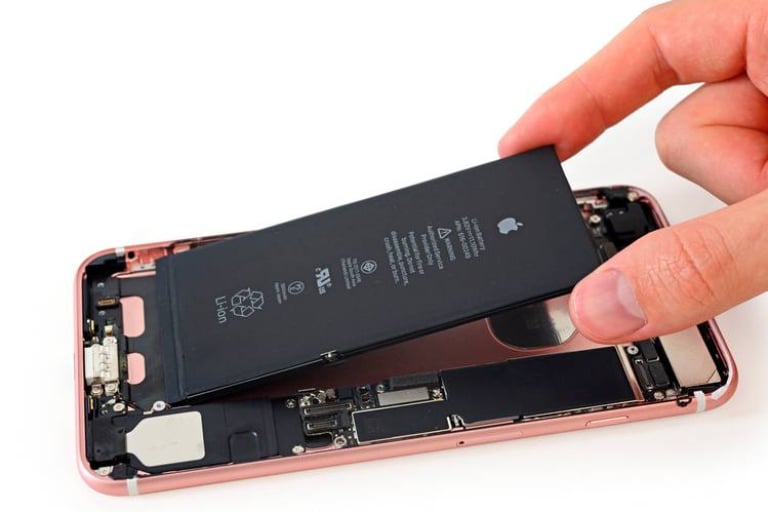
Choosing when to replace the battery depends on the level of degradation as well as the user's usage needs.
In case the battery degrades to 81 - 85%, users will need to carry a spare battery with them if they want the phone to stay active throughout the day or have to charge it near the end of a normal working day. The phone will not be affected by the performance reduction feature when the battery level fluctuates in this range.
Lastly people need to know that if the battery gets very low, 74% or below, that's when the iPhone usually gives a warning and the user should get the battery replaced.
One thing that users should know is that in case the battery is degraded to 95% but the iPhone still runs out of battery quickly, this could be because the battery alignment is not good and the battery percentage is displayed incorrectly, the parameters are wrong or there is an application running in the background that is consuming more battery than needed, the device is faulty or the application is unstable.
If the battery drains quickly or loses 10% of its capacity in a few months with normal use, the battery may be faulty and the user should contact Apple for support or even a free battery replacement. In particular, if the battery is slightly swollen, this is very dangerous and the battery must be replaced immediately regardless of the level of battery degradation.
Source link


![[Photo] Prime Minister Pham Minh Chinh and United Nations Secretary-General Antonio Guterres attend the Press Conference of the Hanoi Convention Signing Ceremony](https://vphoto.vietnam.vn/thumb/1200x675/vietnam/resource/IMAGE/2025/10/25/1761391413866_conguoctt-jpg.webp)
![[Photo] Prime Minister Pham Minh Chinh attends the opening of the 47th ASEAN Summit](https://vphoto.vietnam.vn/thumb/1200x675/vietnam/resource/IMAGE/2025/10/26/1761452925332_c2a-jpg.webp)

![[Photo] National Assembly Chairman Tran Thanh Man receives United Nations Secretary-General Antonio Guterres](https://vphoto.vietnam.vn/thumb/1200x675/vietnam/resource/IMAGE/2025/10/25/1761390815792_ctqh-jpg.webp)



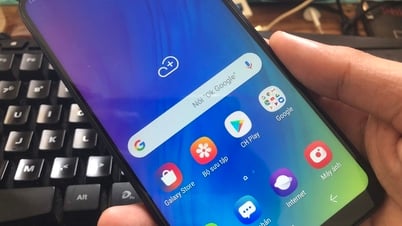



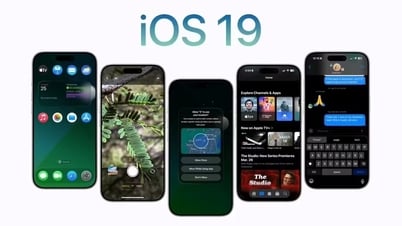
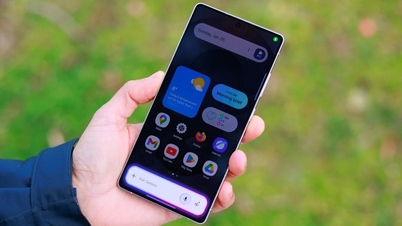



















![[Photo] Prime Minister Pham Minh Chinh receives United Nations Secretary-General Antonio Guterres](https://vphoto.vietnam.vn/thumb/1200x675/vietnam/resource/IMAGE/2025/10/25/1761390212729_dsc-1484-jpg.webp)







































































Comment (0)